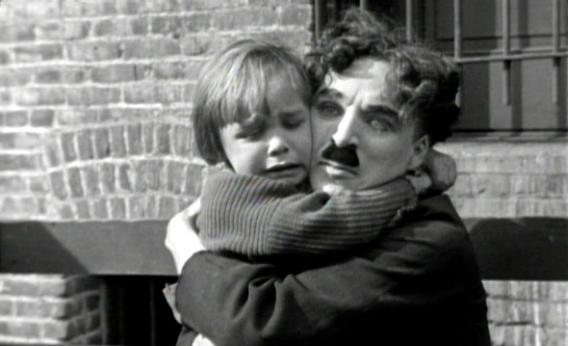When you write about film for a living, there are so many new movies coming at you all the time that it’s near impossible to go back and fill in the gaps in your cinematic education (and all of us, with the possible exception of David Bordwell, have plenty of those). That’s one reason I’m so psyched about Turner Classic Movies’ plan to show The Story of Film, Irish film critic and documentarian Mark Cousins’ massive 15-part history of the art form, over the course of the next few months. Every Monday night through Dec. 9, they’ll show a new chapter of the series, followed by two nights of programming from the era that episode covers. (If you miss the Monday night showing, the same chapter of the doc will be shown again on Tuesday nights, at least through the end of October. The complete programming schedule is available here.)
The Story of Film, based on a 2004 book of the same title by Cousins, was released in 2011 and is also currently available in its entirety on Netflix. But it’s TCM’s beautifully chosen companion programming, which will feature 119 films discussed in the documentary (many of which might otherwise be difficult for viewers to find anywhere), that make this season-long rollout such an exciting cinematic event—the equivalent of a great college film survey course in your own living room. This week, the series kicked off with the first episode, covering the years from the invention of moving pictures in 1895 through the first full-length Hollywood feature, Cecil B. DeMille’s The Squaw Man, in 1918.
Though Cousins’ approach is scholarly (there’s a Roland Barthes name-check in the first episode), it’s anything but dry. He narrates the film himself (in a soft-spoken, upward-lilting brogue that’s a reminder of the pure pleasure of being told any story at all by an Irishman), and the relationship of his voiceover to the images on-screen is a far cry from the usual documentarian voice from on high. Rather, Cousins’ associations are personal, idiosyncratic, and sometimes startlingly lyrical; in the first episode, before embarking on a more or less chronological progression through the history of the medium, he takes time to riff on the image of a character staring down into the bubbles that form on the surface of a drink (a shot that recurs in films from Carol Reed’s Odd Man Out to Jean-Luc Godard’s Two or Three Things I Know About Her to Martin Scorsese’s Taxi Driver). Even after the more familiar, canonical approach to the material kicks in, there’s an intimacy to the project, as if the filmmaker were in a private screening room with us alone, eagerly pointing out the details he wants to make sure we don’t miss. “Look,” Cousins reminds the viewer as he digs up scenes from cinema history that even avid cinephiles may not be familiar with, like a magnificent semi-animated dream sequence from the 1914 Danish film The Mysterious X. “Watch.”
Next week’s episode will cover the years from 1918 to 1928, and will be accompanied by two nights of programming of such silent classics as Robert Flaherty’s Nanook of the North, King Vidor’s The Crowd, F.W. Murnau’s Sunrise, and the four-hour restored version of Erich von Stroheim’s Greed. Future installments will focus on Hollywood genre filmmaking in the 1930s, post–World War II European art cinema, the international cinema of protest, and the 1990s advent of digital cinematography. It’s clear from his choices of what to focus on that one goal of Cousins’ enterprise is to rescue some of the forgotten pioneers of film history from obscurity. In the first episode, after revisiting the more canonical early silents of the Lumière brothers, Thomas Edison, and Georges Méliès, he spends some time on the inventive work of the turn-of-the-century French director Alice Guy-Blaché, interviewing a feminist film scholar about the contributions Guy-Blaché and other women made to the emerging art form. In a later installment, he makes a persuasive case that the most radical filmmaking of the ’60s and ’70s was happening neither in Hollywood nor in Europe, but in Senegal, in the works of postcolonial filmmakers like Ousmane Sembène and Djibril Diop Mambéty. Fear you’ll never be able to track down such cinematic obscurities? TCM has included both a selection of Guy-Blaché shorts and Sembène’s first feature, the 1966 drama Black Girl, in its programming lineup.
Do I really need to keep making the case for The Story of Film, or for the wondrous programmers at TCM, the closest thing our history-erasing culture has yet created to a popularly available cinémathèque américaine? To quote Mark Cousins’ gentle directive (though I can’t, alas, come close to impersonating the brogue): “Look. Watch.”
